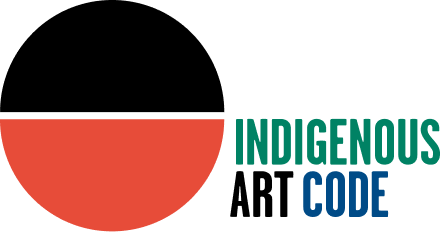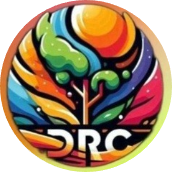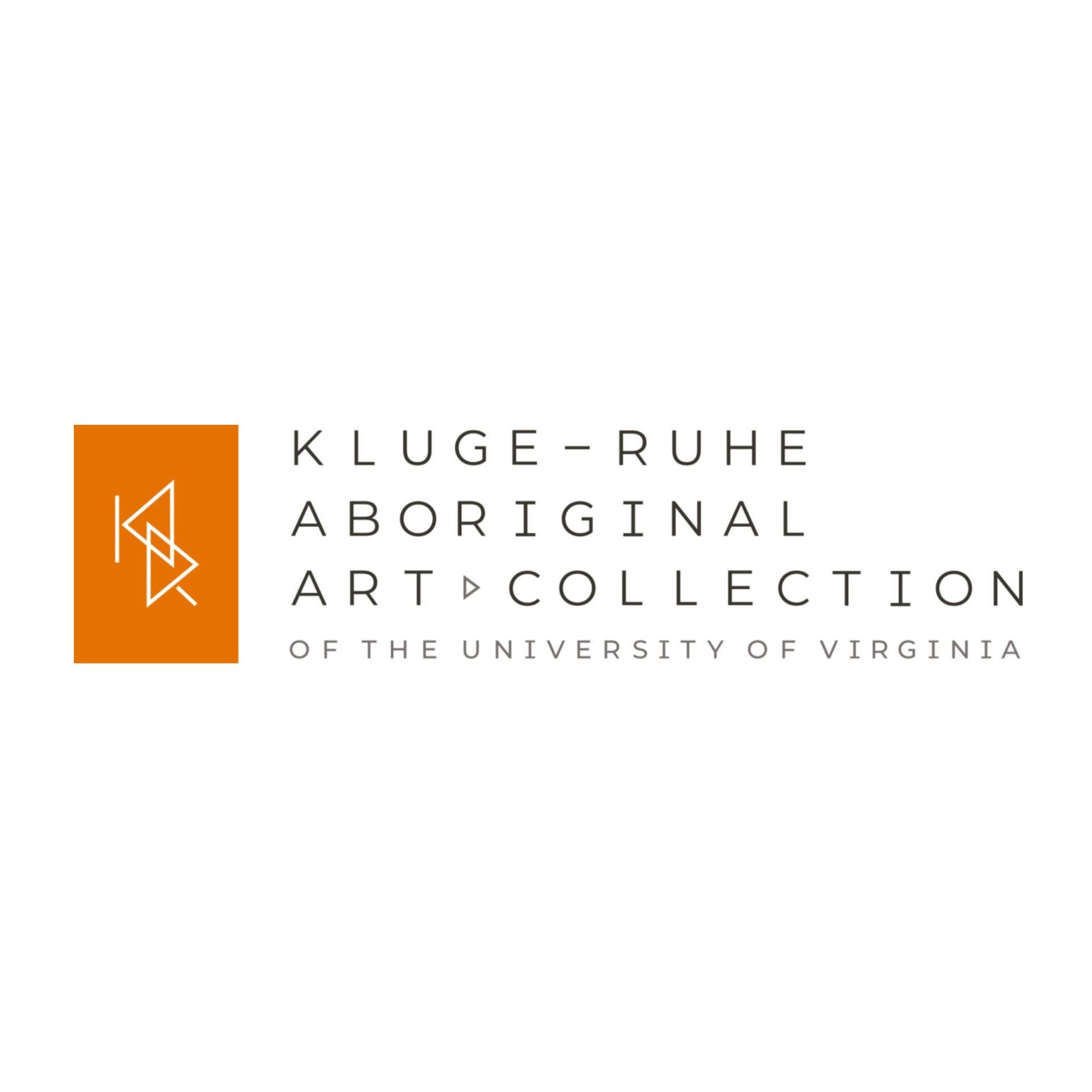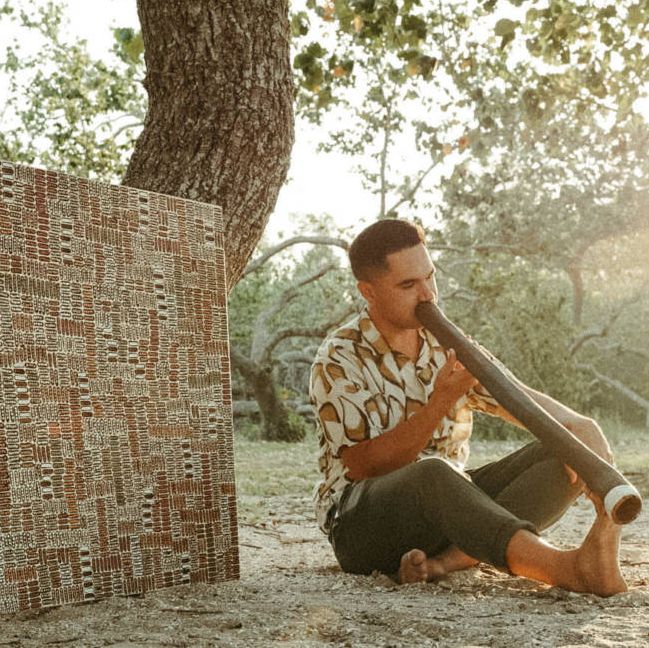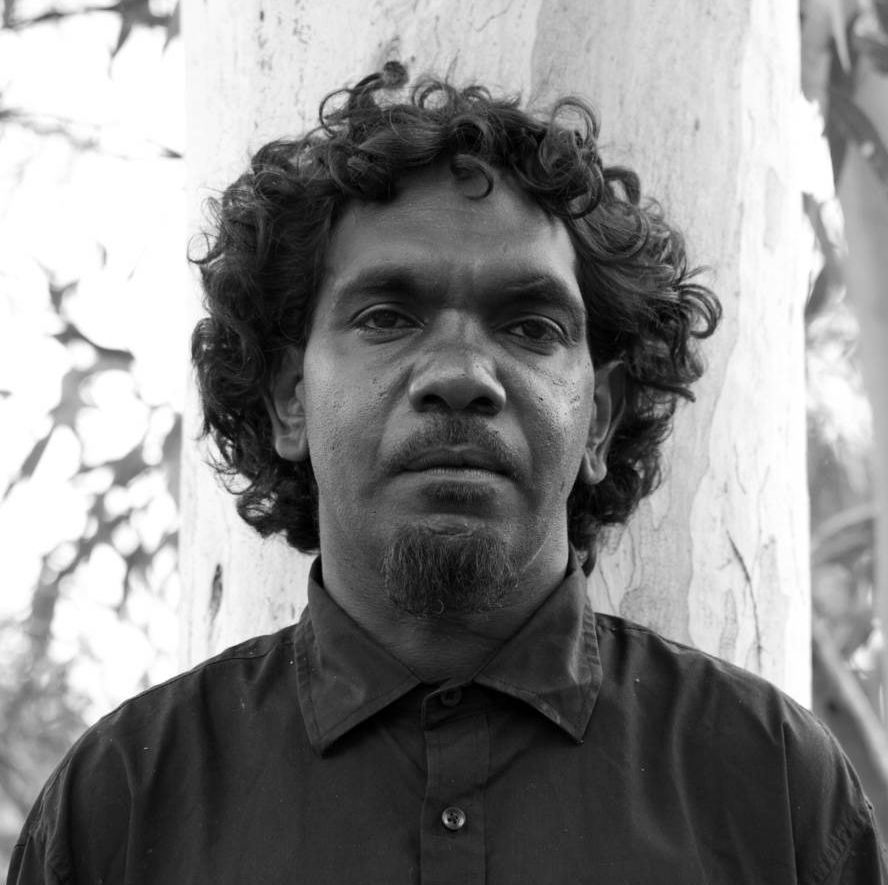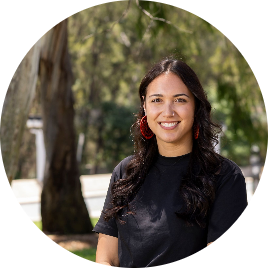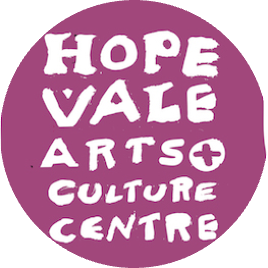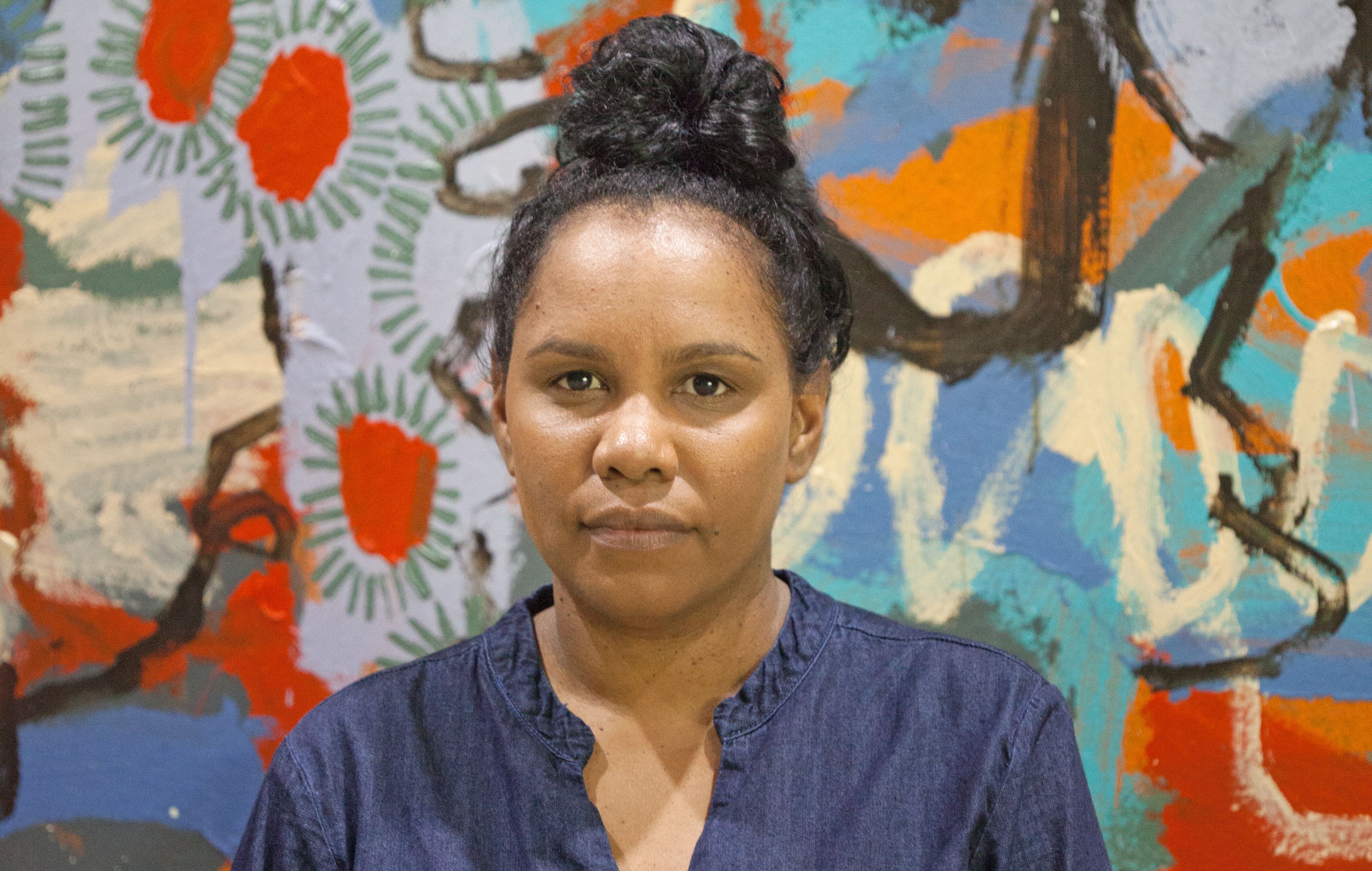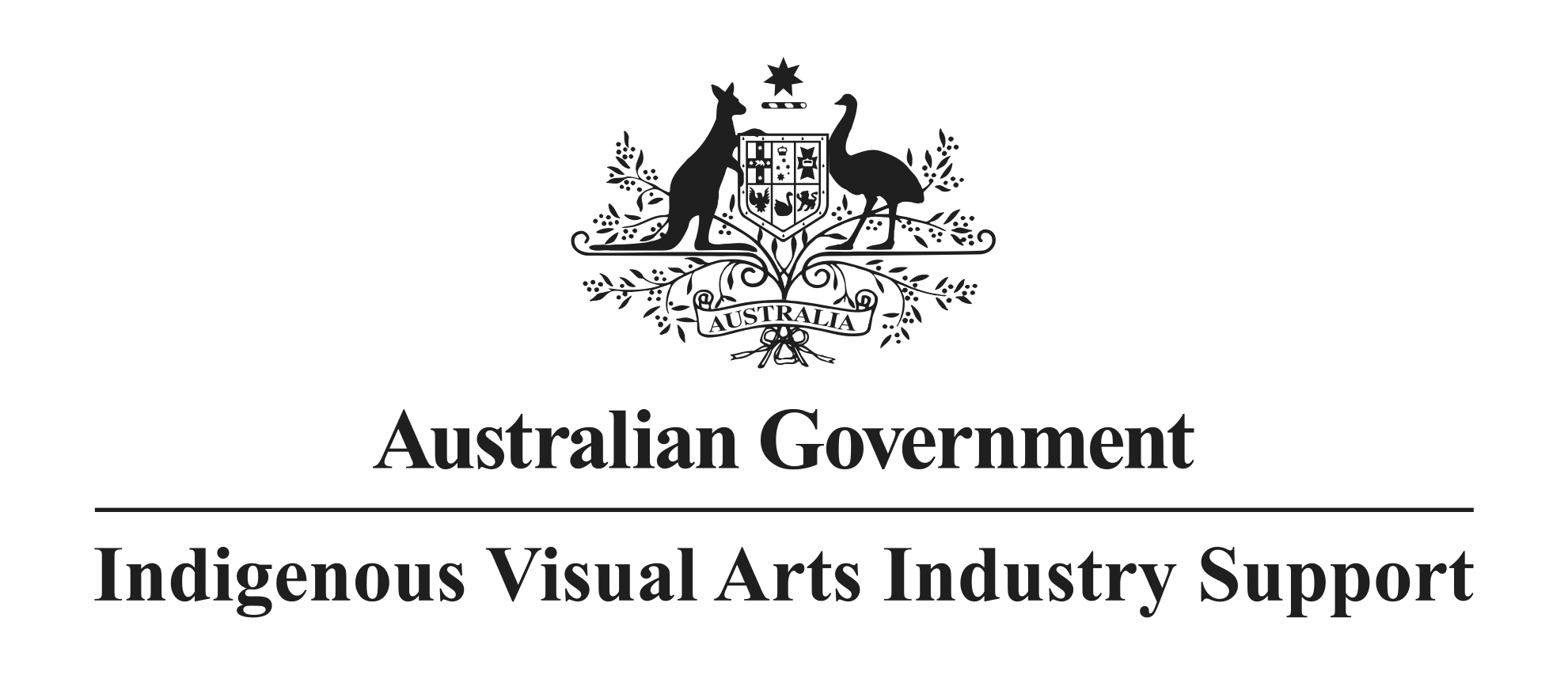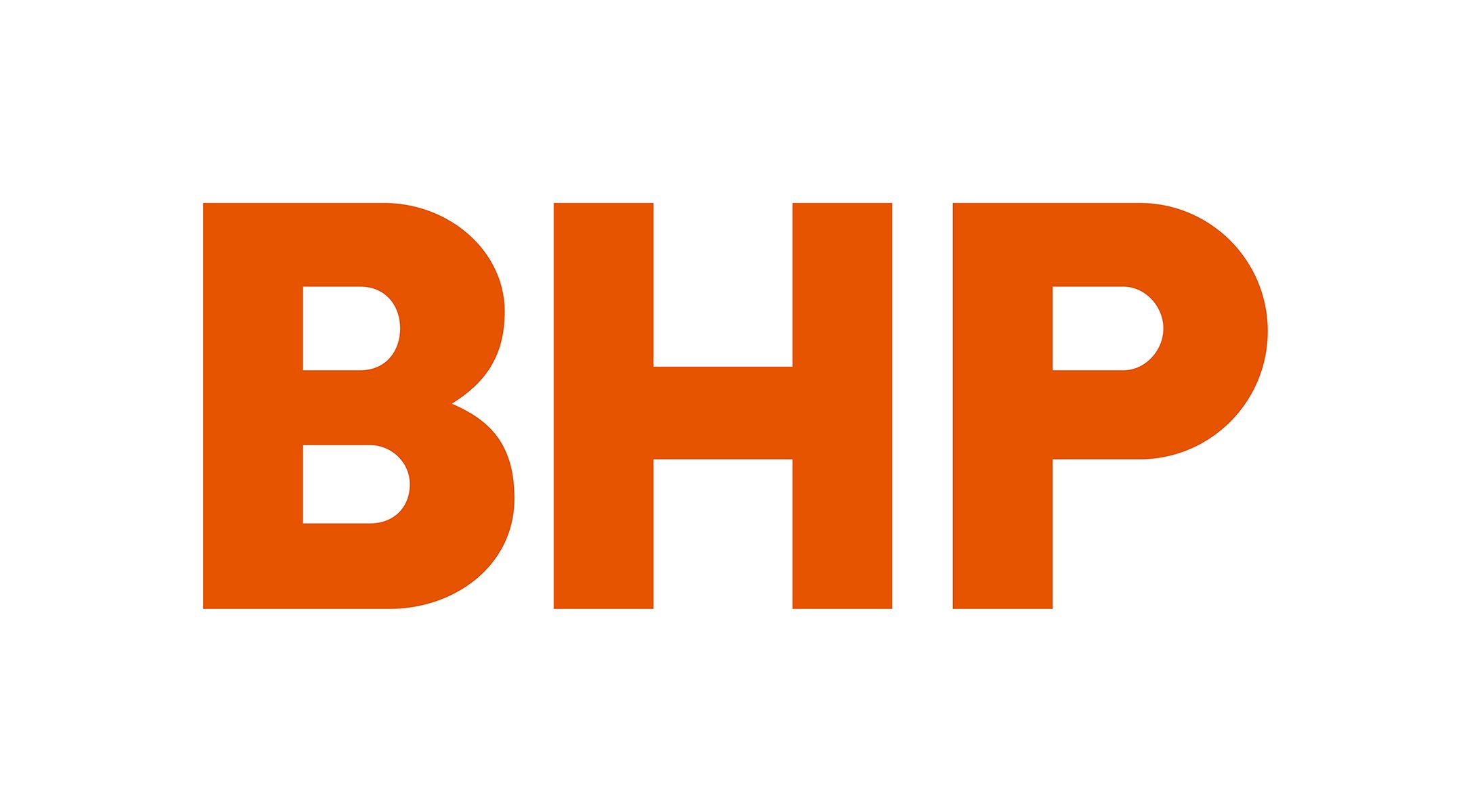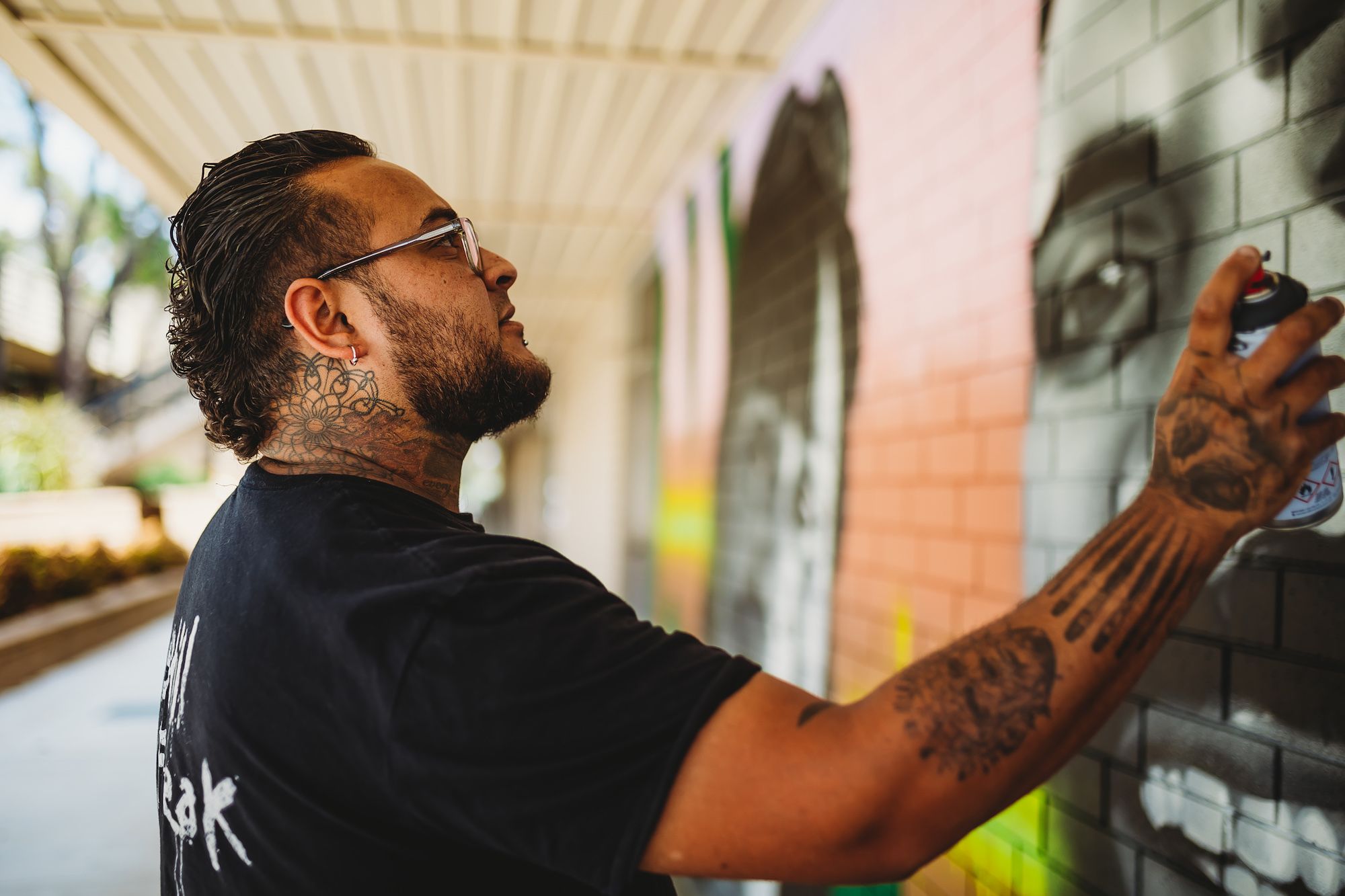

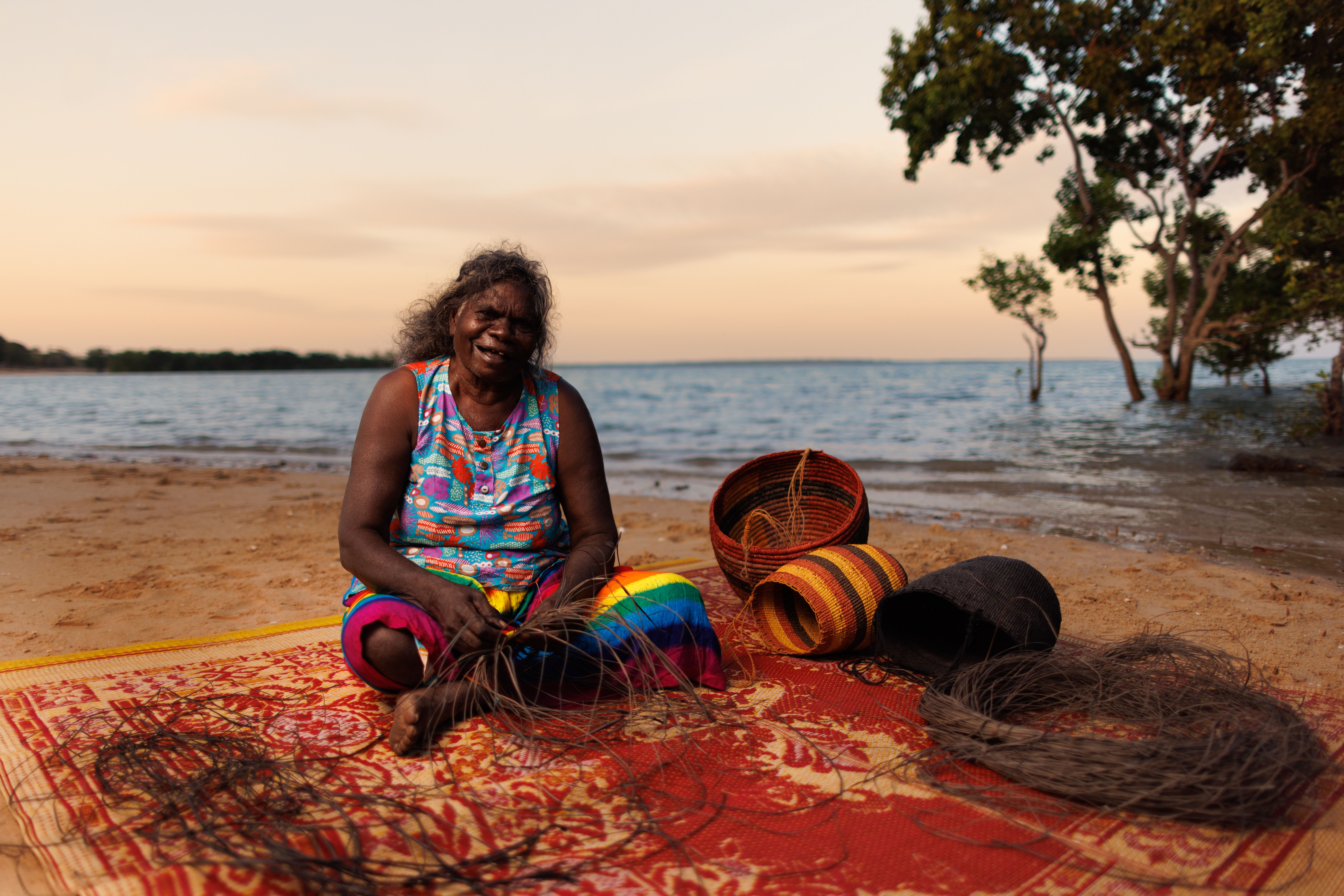




Working with our members to support fair, transparent and ethical trade with Aboriginal and Torres Strait Islander visual artists.
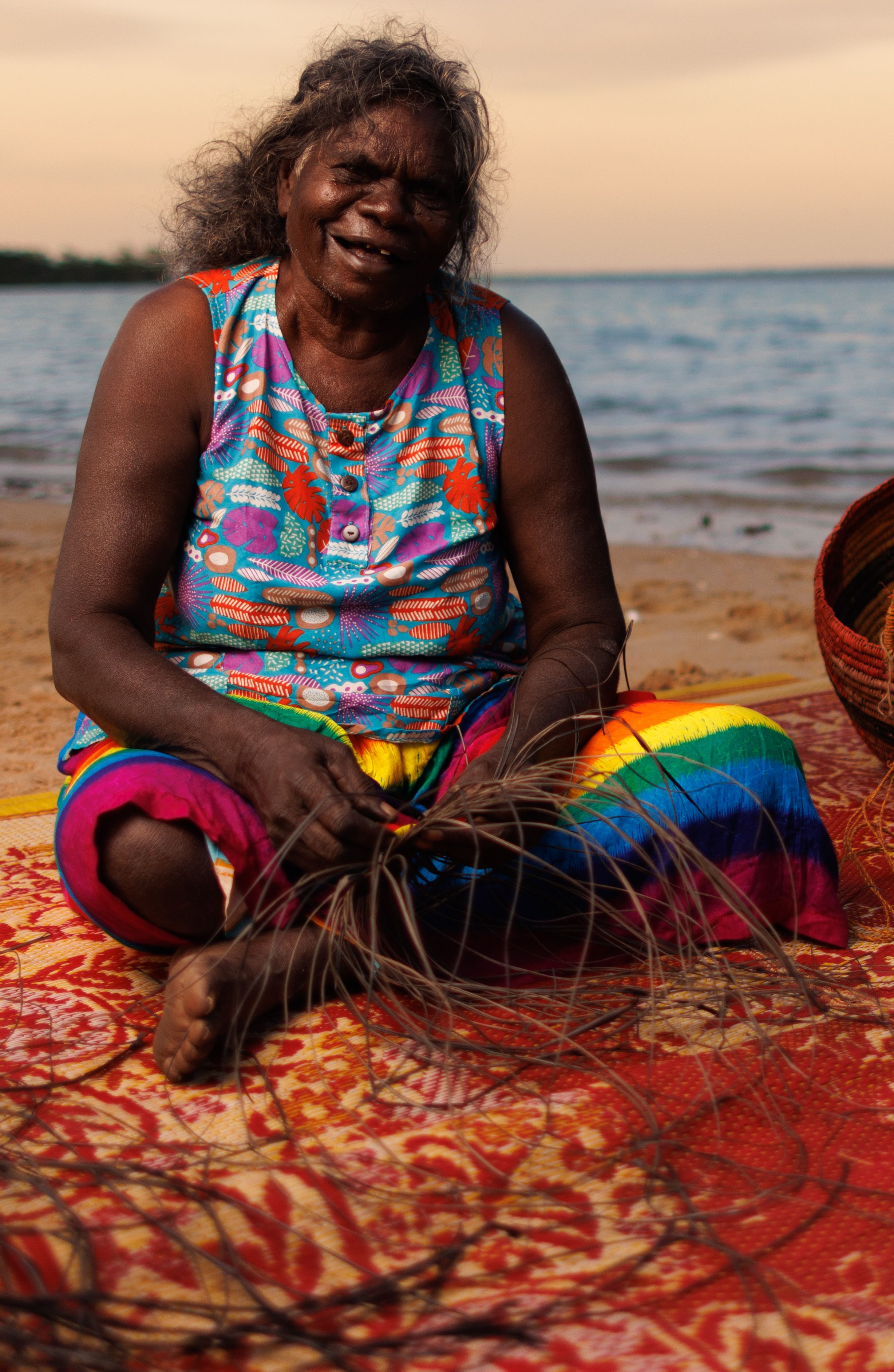
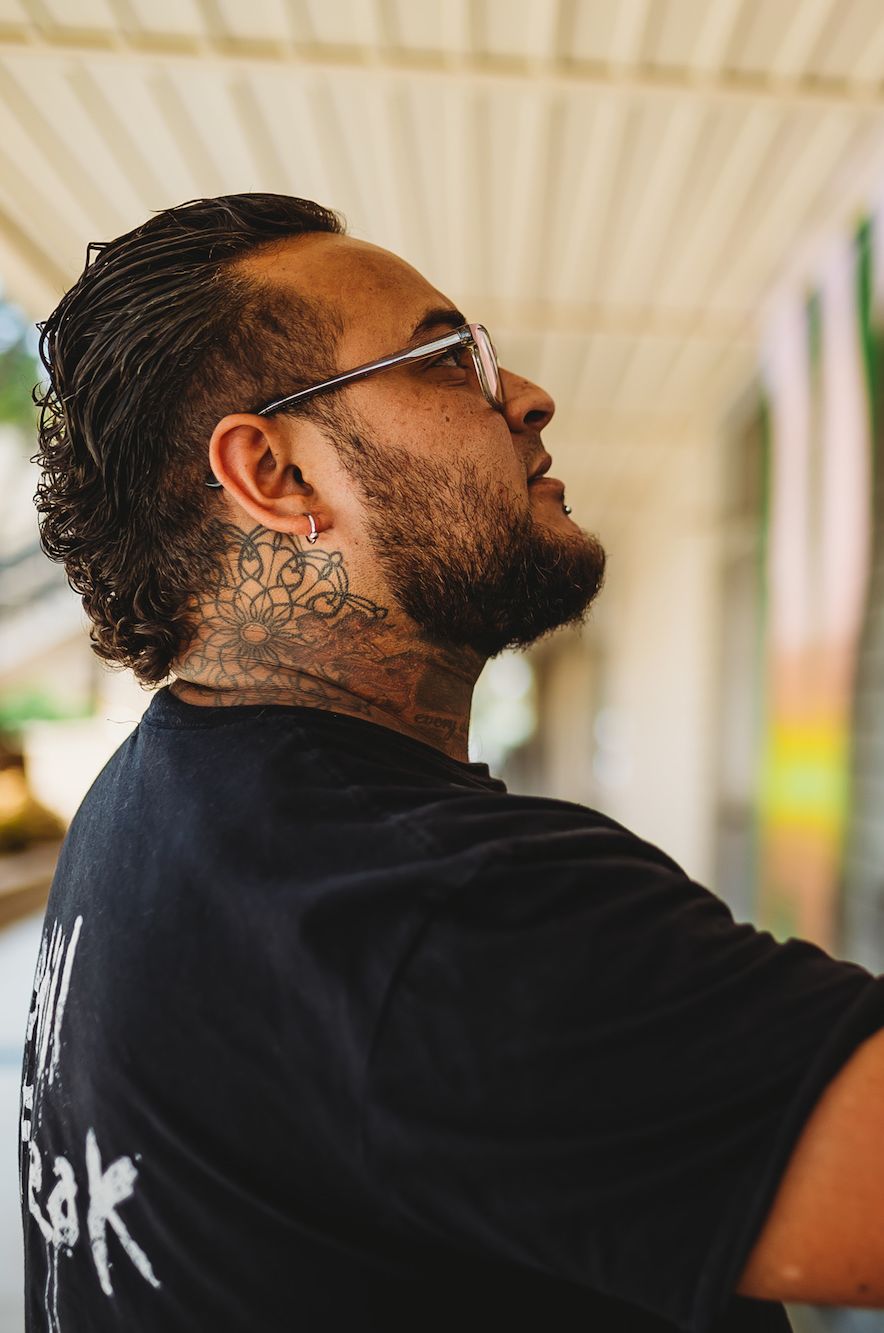
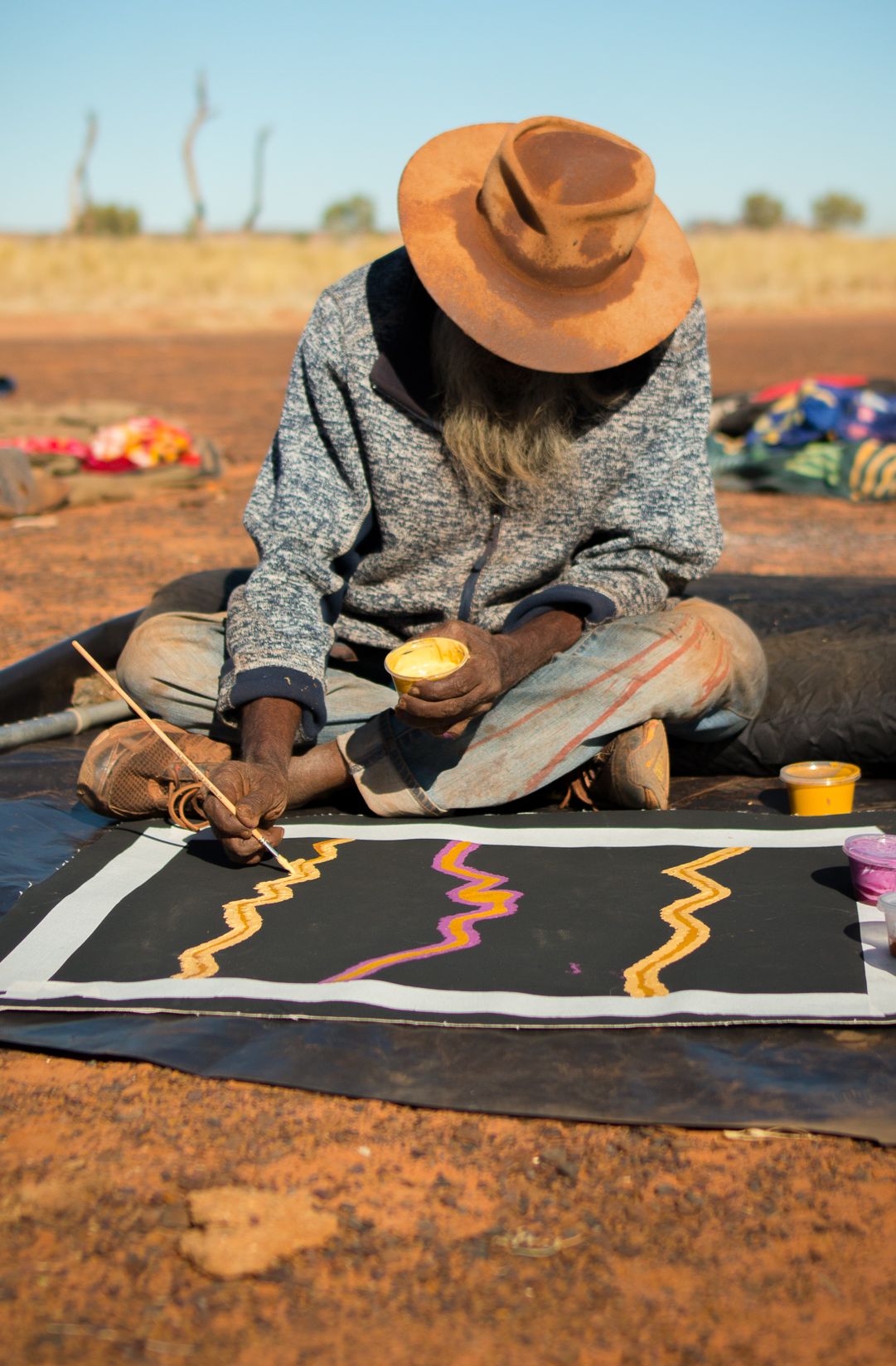
Working with our members to support fair, transparent and ethical trade with Aboriginal and Torres Strait Islander visual artists.
Search Indigenous Art Code Members
Featured Members
Trouwana Lutruwita and Tiagarra Six Rivers
Frankston
Bundjalung
Based in Australia
NSW
Arrernte and Anmatjere
Based in kaurna - Adelaide
SA
Charlottesville, Virginia
Non Indigenous-owned
Potts Point NSW
Non Indigenous-owned
Bidjara and Ghangulu
QLD
Gunggari
NSW
Wanaruah Nation
Based in Awabakal
Toronto NSW
Jaru, Walmajrri and Kija
Based in Australia
Halls Creek WA
Badimia and Yued
WA
Kartujarra
WA
Kabi Kabi
ACT
QLD
Based in Guugu Yimithirr Nation - Hopevale
Hopevale QLD
Indigenous-owned
Based in Ngunnawal/Ngambri
Kambah ACT
Non Indigenous-owned
Peek Whurrong, Gunditjmara, Maar and Kirrae Whurrong
Based in Naarm (Melbourne), Bunurong Country
VIC
Useful information for Aboriginal and Torres Strait Islander artists
The Resale Royalty Scheme is a national scheme that provides visual artists with rights similar to other creators, such as songwriters or authors, who receive royalty payments from their work. The Copyright Agency administers the scheme.
‘Fake art’ in relation to the Fake Art Harms Culture campaign are products that ‘look and feel’ like Indigenous art but have no connection to Aboriginal and Torres Strait Islander culture or communities.
Moral rights protect the personal relationship between a creator and their work even if the creator no longer owns the work, or the copyright in the work. Moral rights concern the creator’s right to be properly attributed or credited when their work is reproduced, and the protection of their work from derogatory treatment.
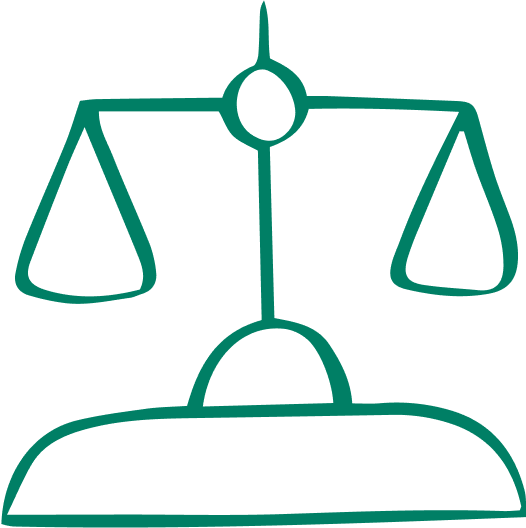
The Indigenous Art Code does not provide legal advice. We refer artists to the Arts Law Centre of Australia for low-cost or free legal advice. Arts Law can review contracts and other documentation for artists to explain what they say. This service is free for Aboriginal and Torres Strait Islander artists.

The Indigenous Art Code recommends that artists enter into transparent agreements with any dealers they work with. Agreements can be either verbal or written, but often the simplest way to ensure they are both fair and transparent and clear to both parties, and to minimise misunderstandings, is to enter into a written agreement that is reviewed by a lawyer.
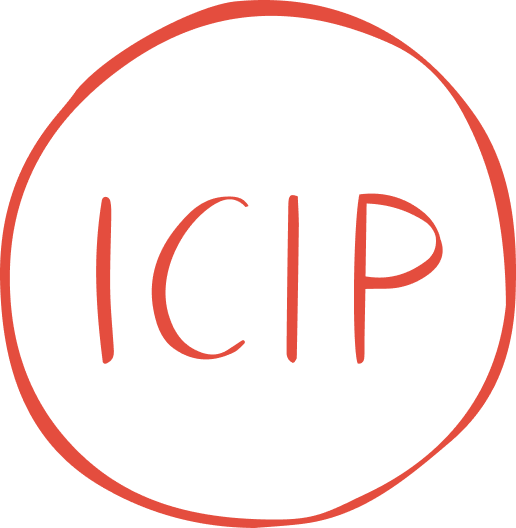
Indigenous Cultural and Intellectual Property (ICIP) is a broad concept that refers to the rights of Aboriginal and Torres Strait Islander people to protect and control the use of their traditional knowledge, cultural heritage and expression as a community.
Artists need to be able to make informed decisions about the deals they choose to enter. To do this, artists must have access to ALL information from dealers about the terms of the deal.
Licensing art means an artist gives someone (a person or a business) permission to use their artwork, design or image. A licence is a contract, a set of rules, that says how that artwork, design or image can be used, what sort of fee will be paid, and what the limitations are for that use.
Copyright is a mechanism for artists to protect and monetise their creativity. It is a bundle of rights that protects particular subject matter from being copied or used in certain ways without the copyright owner’s permission.
The Resale Royalty Scheme is a national scheme that provides visual artists with rights similar to other creators, such as songwriters or authors, who receive royalty payments from their work. The Copyright Agency administers the scheme.
‘Fake art’ in relation to the Fake Art Harms Culture campaign are products that ‘look and feel’ like Indigenous art but have no connection to Aboriginal and Torres Strait Islander culture or communities.
Moral rights protect the personal relationship between a creator and their work even if the creator no longer owns the work, or the copyright in the work. Moral rights concern the creator’s right to be properly attributed or credited when their work is reproduced, and the protection of their work from derogatory treatment.

The Indigenous Art Code does not provide legal advice. We refer artists to the Arts Law Centre of Australia for low-cost or free legal advice. Arts Law can review contracts and other documentation for artists to explain what they say. This service is free for Aboriginal and Torres Strait Islander artists.

The Indigenous Art Code recommends that artists enter into transparent agreements with any dealers they work with. Agreements can be either verbal or written, but often the simplest way to ensure they are both fair and transparent and clear to both parties, and to minimise misunderstandings, is to enter into a written agreement that is reviewed by a lawyer.

Indigenous Cultural and Intellectual Property (ICIP) is a broad concept that refers to the rights of Aboriginal and Torres Strait Islander people to protect and control the use of their traditional knowledge, cultural heritage and expression as a community.
Artists need to be able to make informed decisions about the deals they choose to enter. To do this, artists must have access to ALL information from dealers about the terms of the deal.
Licensing art means an artist gives someone (a person or a business) permission to use their artwork, design or image. A licence is a contract, a set of rules, that says how that artwork, design or image can be used, what sort of fee will be paid, and what the limitations are for that use.
Copyright is a mechanism for artists to protect and monetise their creativity. It is a bundle of rights that protects particular subject matter from being copied or used in certain ways without the copyright owner’s permission.
The Resale Royalty Scheme is a national scheme that provides visual artists with rights similar to other creators, such as songwriters or authors, who receive royalty payments from their work. The Copyright Agency administers the scheme.
What does the Code mean for artists?
Are you an artist, business or art buyer who has more questions?
Do you need further advice and support?
Acknowledgement of Country
Indigenous Art Code acknowledges the Traditional Owners and custodians of Country throughout Australia and recognises their continuing connection to the land, waters and skies, often expressed through art. We pay our respects to artists, Elders and community members past, present and future.
